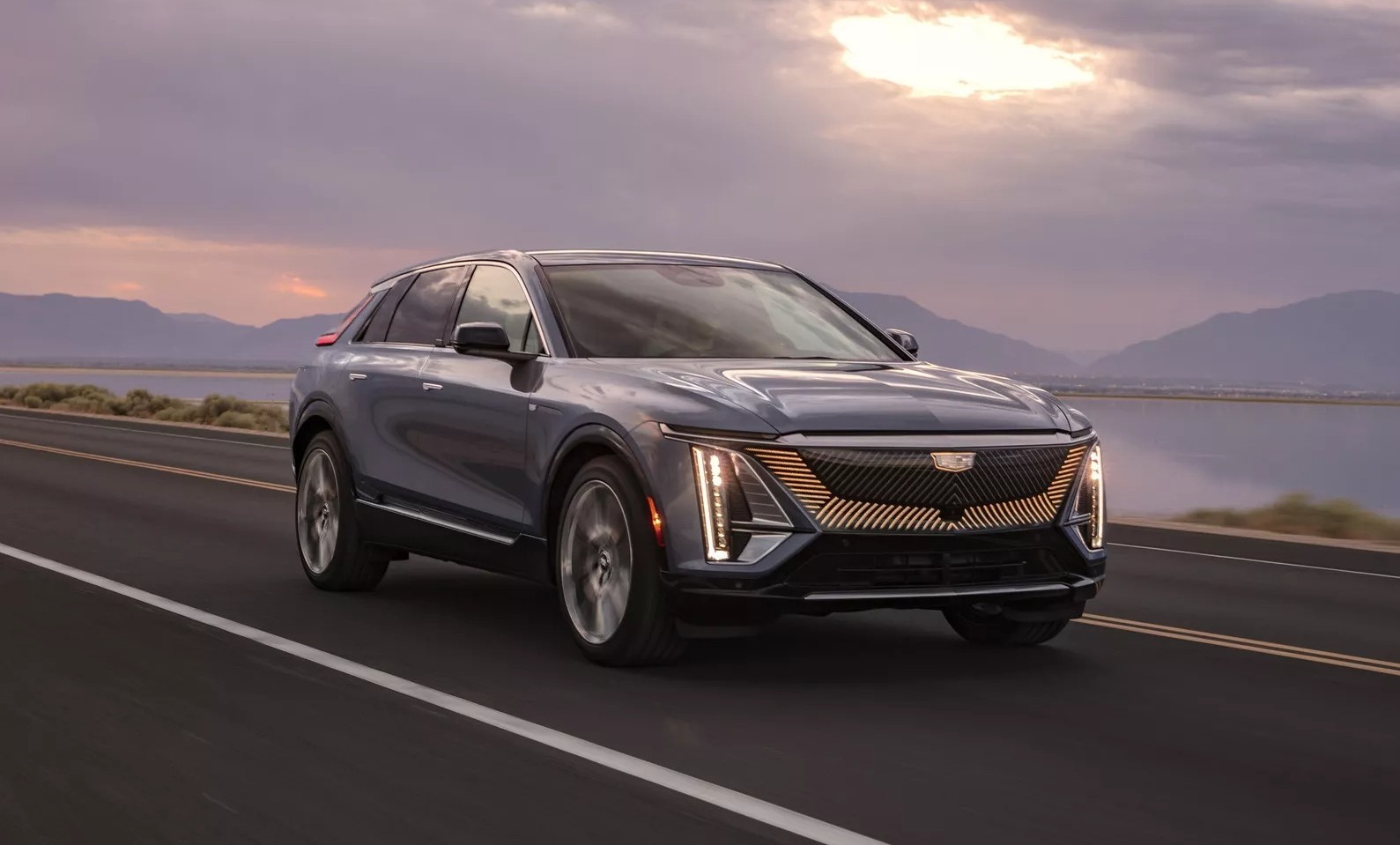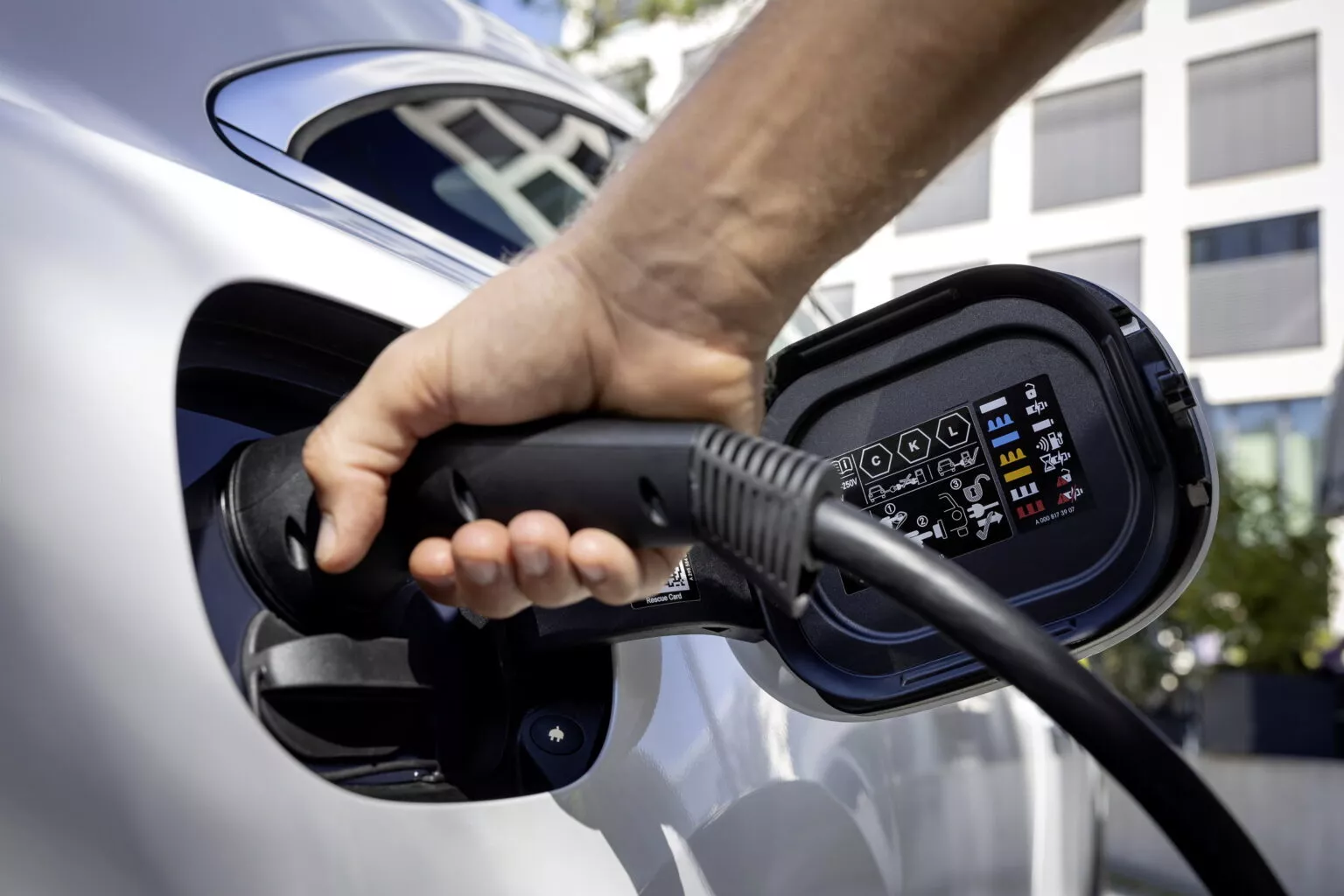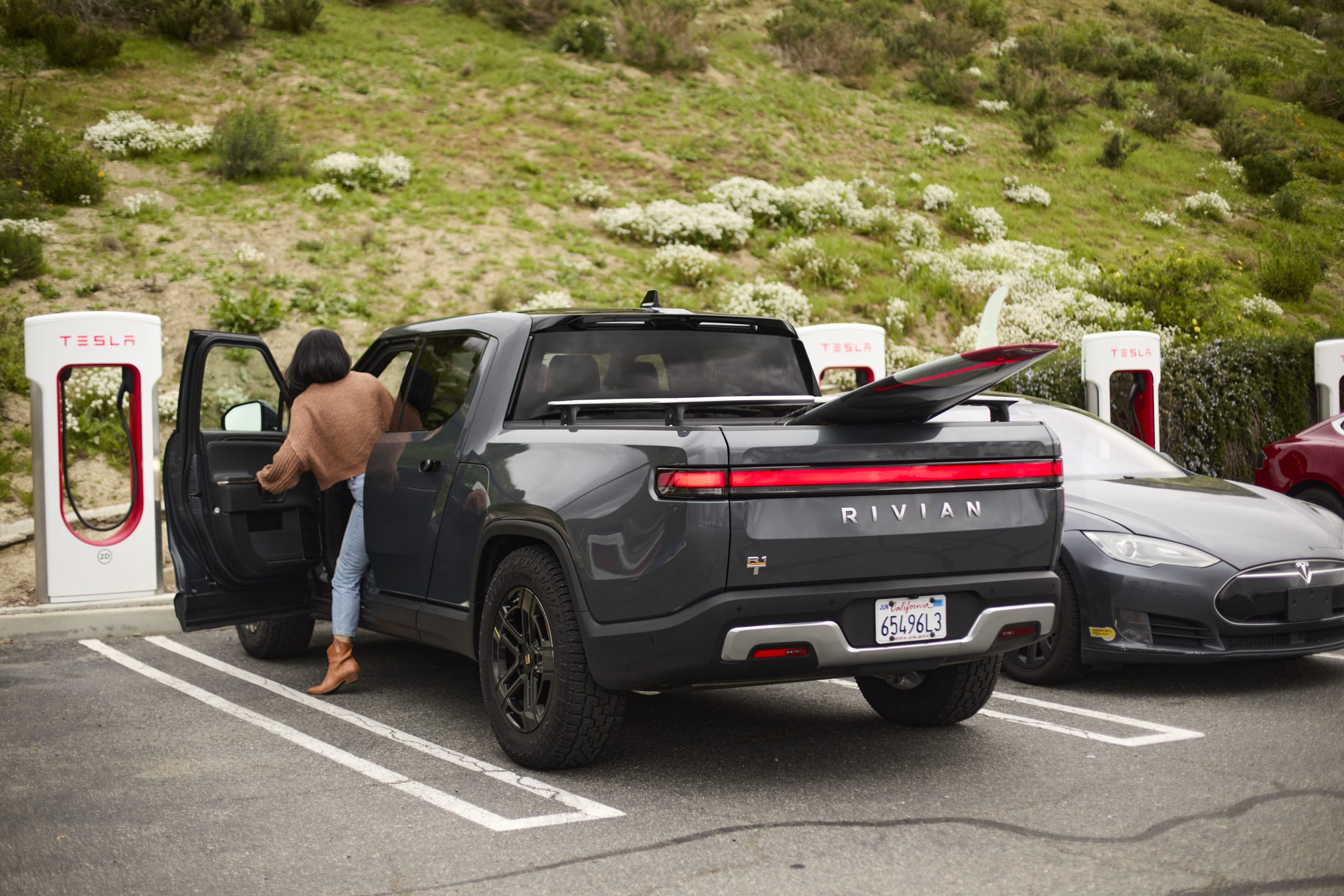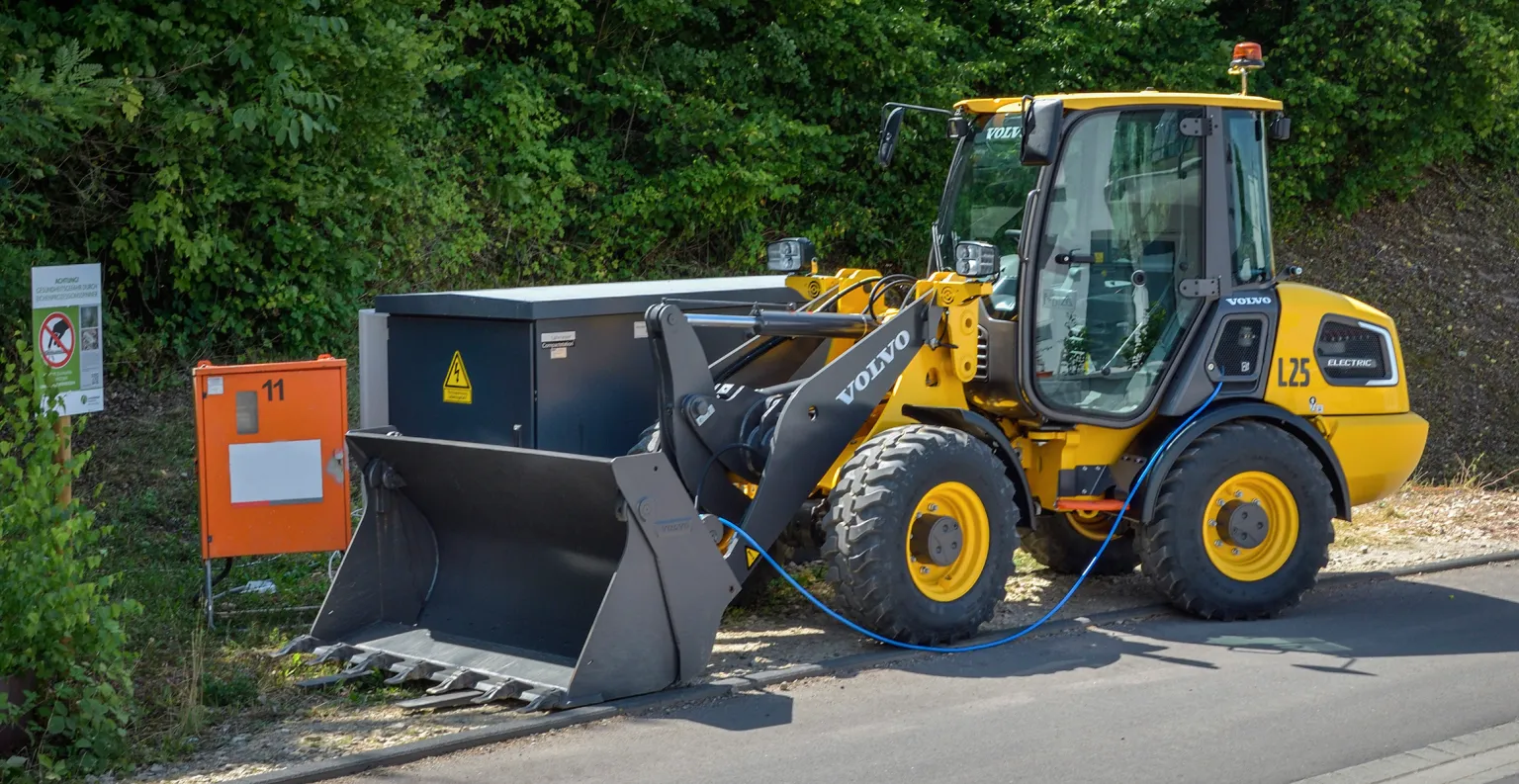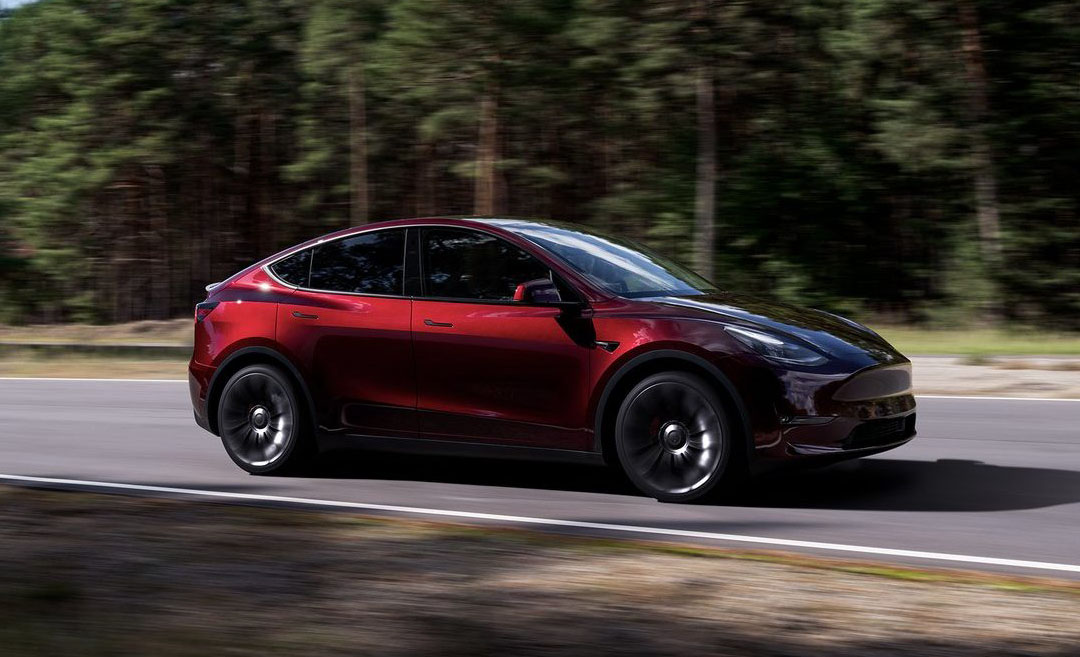The EU Council has adopted the Euro 7 regulation, marking the final step in the decision-making process for defining emission standards and battery durability rules for on-road vehicles.
Once signed by the President of the European Parliament and the President of the EU Council, the regulation will be published in the Official Journal of the European Union and will enter into force 20 days after publication. The exact timeline for signing the regulation is not yet known, but it is expected to be a swift process.
The regulation defines three categories for the application of the new standards:
- 30 months for new types of cars and vans, and 42 months for new cars and vans
- 48 months for new types of buses, trucks, and trailers, and 60 months for new buses, lorries, and trailers
- 30 months for new systems, components, or separate technical units to be fitted in cars and vans, and 48 months for those to be fitted in buses, lorries, and trailers
For example, if the regulation comes into force on June 1, 2024, the Euro 7 requirements would apply from January 1, 2027, for new types of cars and vans. Existing models would have an additional 12 months to comply.
Euro 7 underwent significant changes during the development process, with the final regulation no longer including the stricter emissions regulations originally proposed by the EU Commission. Member states weakened the proposal, aligning Euro 7 with the current Euro 6 standard for exhaust emissions. The compromise reached in December 2023 was adopted by the EU Parliament in mid-March and has now been approved by the Council.
While the emissions requirements remain consistent with those in force since 2014, the regulation introduces new specifications for battery service life and brake wear. Batteries in passenger cars must maintain 80% of their original capacity after five years or 100,000 kilometers, and 72% after eight years or 160,000 kilometers. Vans have similar requirements with values of 75% and 67% respectively. For brake abrasion, the emission limits for brake particles (PM10) are set at 3 mg/km for purely electric vehicles and 7 mg/km for hybrid and fuel cell vehicles.
Under Euro 7, every vehicle will be issued an “Environmental Vehicle Passport” containing information on its environmental performance at the time of registration. This includes details such as pollutant emissions, CO2 emissions, fuel and power consumption, electric range, and battery life. Vehicle users will also have access to real-time information on fuel consumption, battery health, pollutant emissions, and other relevant data generated by on-board systems and monitors.


